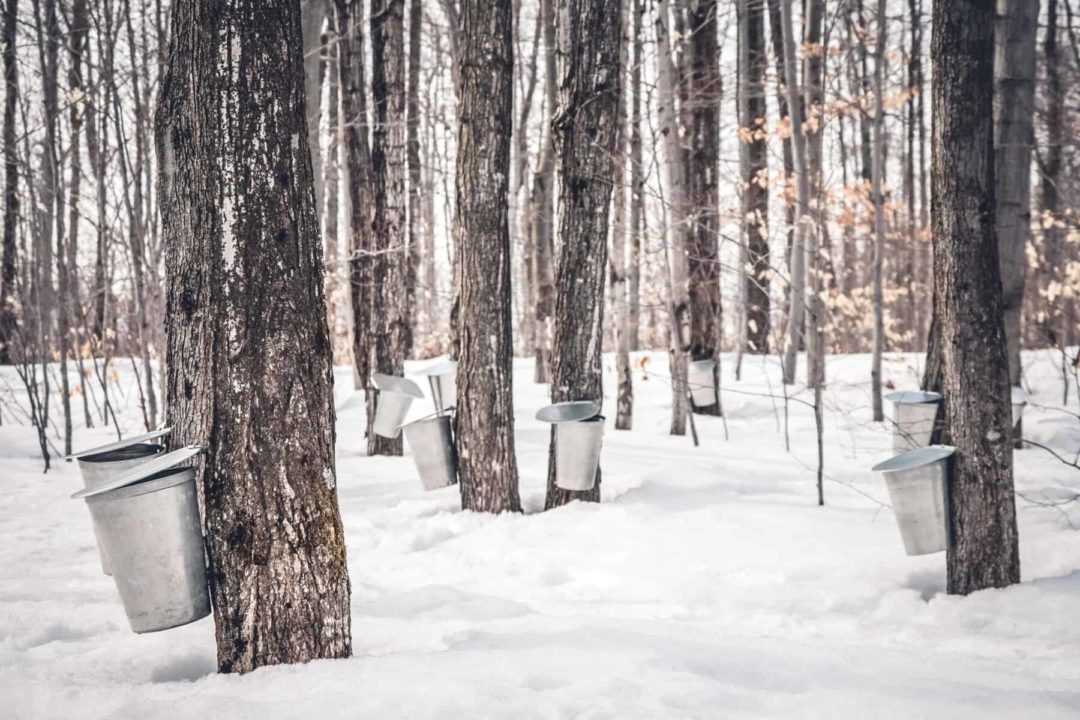"The 2021 crop was disappointing for nearly all sugar-makers. We’ve been a bit spoiled lately with Mother Nature giving us good crops for over ten years in a row," said Coombs. "Even when weather wasn’t the most cooperative. Not so this year. The weather wasn’t ideal and the results show it."
Drought conditions have caused an effect on crop yield, Coombs said, citing researchers at the University of Vermont. Coombs pointed to a friend of his, who tapped 22,000 trees and reported the same number of gallons of sap this year as last year (a record crop)—yet produced 72% of the amount of maple syrup. If sap is 2.5% sugar, it will take 34.4 gallons of sap to make one gallon of syrup; but if the sap is 1.5% sugar, it will take 57.3 gallons of sap to make a gallon of syrup.
Consumers can expect cost increases too, and not just due to drought conditions. "The base price for maple syrup is set by the Federation of Quebec Maple Syrup Producers, and this base price is followed by farmers in the U.S.," Coombs explained. "This means the exchange rate is an important factor in calculating syrup costs. Last year on May 1 it was $1.41 Canadian to $1.00 U.S.; today the rate is $1.21 Canadian to $1.00 U.S., a 14% dip. The direct result is an increase in the cost of maple syrup." And, of course, Coombs points to increasing costs of containers, caps, labels, cardboard, labor, health insurance, and freight as contributing factors to cost increases.
All of that said, organic production is up to 45% in the U.S. and 50% in Quebec; this, Coombs said, is due to an effort to increase production at the farm level.
Related: Exploring the World of Natural Sweeteners Inside the Baking Aisle Sweetening Up










